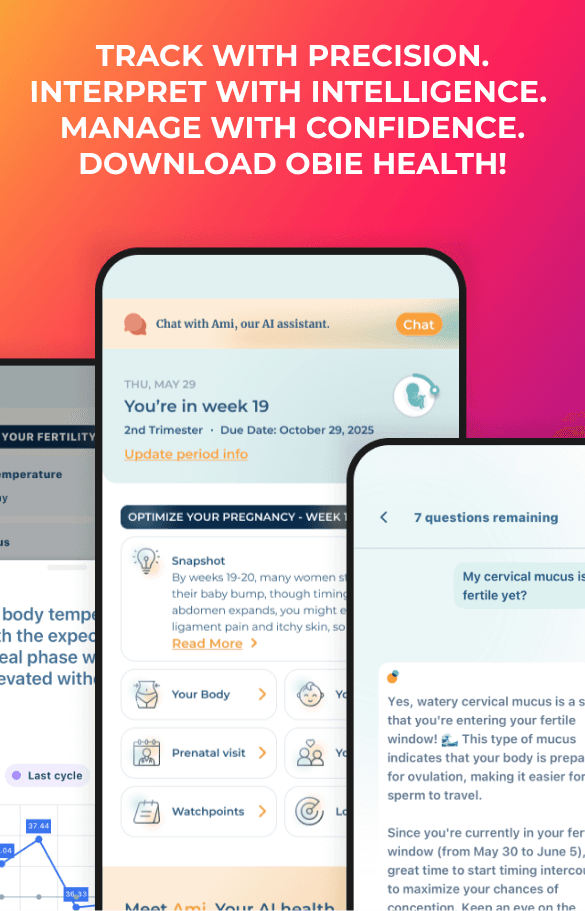Oxytocin: The “Cuddle Chemical” Drives Male Monogamy
Women's Health News
Obie Editorial Team
Oxytocin is a pretty amazing thing. It’s a hormone that acts on the brain but we feel it in the heart. It floods the body after childbirth, getting the mother-baby bond off to a loving start. It makes us want to snuggle with our lover after a romp between the sheets and it puts the smile on our face after an orgasm. Strenuous physical activity releases oxytocin, too, especially when done with a romantic partner. Some scientists call it the cuddle chemical, others call it the love hormone. A recent study calls it the driving force behind male monogamy.
]From an evolutionary biology perspective, monogamy doesn’t make much sense. In the time it takes a woman to produce a single mature egg or give birth to a child, a man can father dozens (hundreds?) of children by mating with a multitude of women. That’s the way procreation of the species works in almost all mammals. Only about 3% of all mammals, including humans, are monogamous.
“Sexual monogamy in humans is potentially costly for males,” according to Dr. René Hurlemann, so he wanted to a better understanding of why so many men choose to limit their offspring in a monogamous relationship. Hurlemann, a professor of psychiatry at Germany’s University of Bonn, and his research team says oxytocin has a lot to do with it.
Hurlemann enlisted 20 heterosexual men who were in romantically bonded relationships with one woman to volunteer for the two-part study. One part of the study required the men to view photos of the face of their female partner and the faces of unfamiliar women. The second part was a viewing of the faces of women familiar to the man intermingled with faces of unfamiliar women. As the men viewed the female faces, a functional magnetic resonance imaging (fMRI) scan was being made of their brain activity.
Before seeing the faces, all the men used a nasal spray. Some of the nasal sprays contained a small dose of oxytocin and the others, the placebos, did not. No one, neither the men nor the researchers administering the experiment, knew which men got oxytocin and which got placebos.
Oxytocin triggers release of dopamine, a neurotransmitter, in the areas of the brain that process pleasure and reward. When oxytocin floods a woman’s body during childbirth, the sight of her newborn baby’s face triggers the release of dopamine in the pleasure center of her brain. Satisfying sex, romantic intimacy, and vigorous physical activity generate the same oxytocin-dopamine response.
The fMRI scans showed increased activity in the pleasure centers of the men getting oxytocin when they saw their female partner’s face. They registered no pleasure-reward activity when they viewed strangers’ faces. In the second part of the experiment, the familiar female faces produced no difference in brain activity than did the faces of strangers. It was only the faces of their female partners that triggered the pleasure-reward response in the men’s brains.
Hurlemann suggests the desire for a faithful relationship might be fulfilled if couples “think about when oxytocin is released.” The more moments a couple spends in oxytocin-releasing pursuits, the greater the reward and the stronger the romantic connection.
Source:
- Hurlemann, René, et al. “Oxytocin enhances brain reward system responses in men viewing the face of their female partner.” PNAS. National Academy of Sciences. Dec 10, 2013. Web. Jun 6, 2014.







